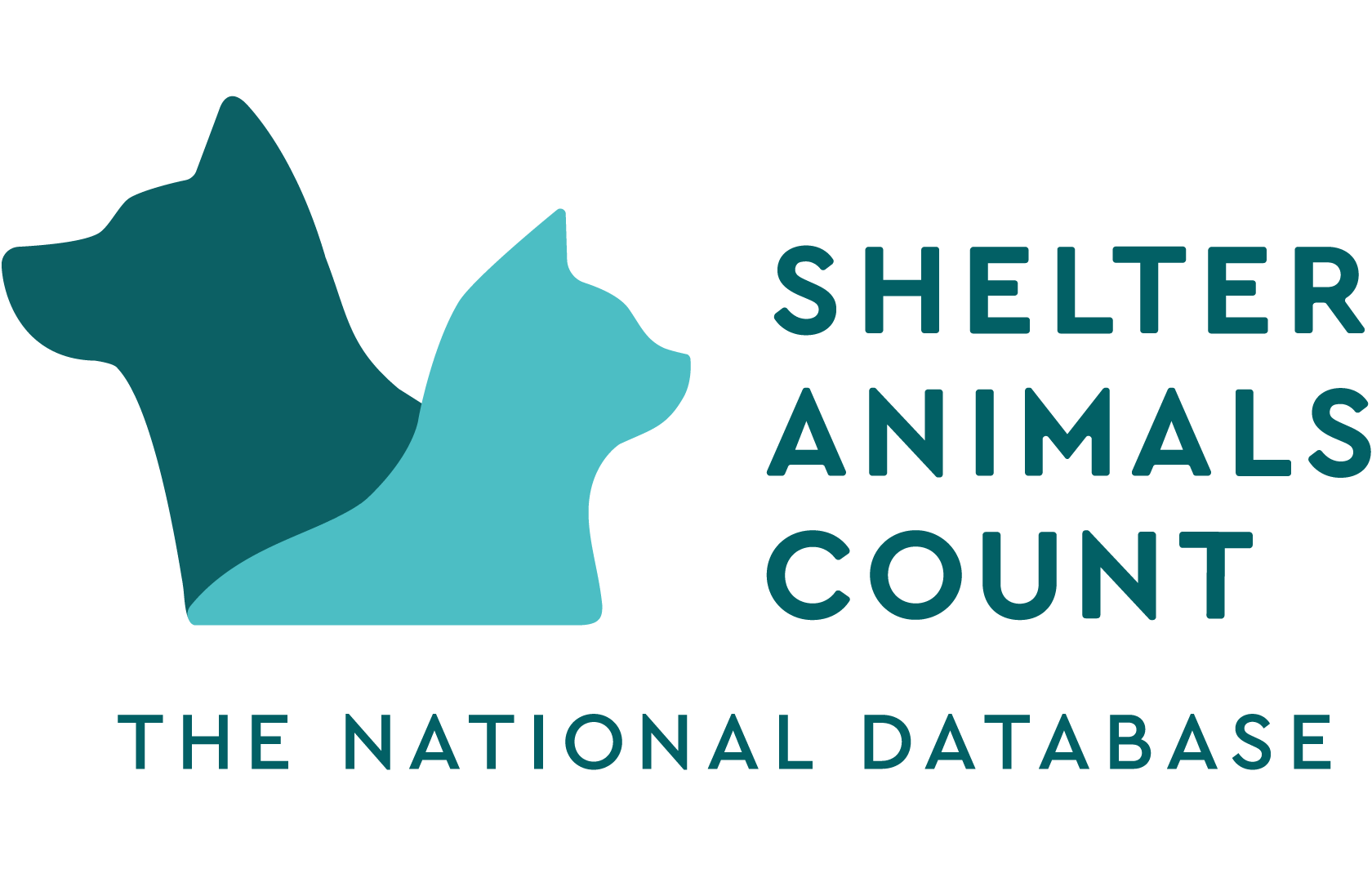
 While statistics may seem like a dry topic to some, we believe the key to keeping more people and pets together lives within the numbers. It’s essential that your animal welfare organization not only collects data but also knows what type to track, how to define it, where to record it and how to share it.
While statistics may seem like a dry topic to some, we believe the key to keeping more people and pets together lives within the numbers. It’s essential that your animal welfare organization not only collects data but also knows what type to track, how to define it, where to record it and how to share it.
What type of data should your organization be tracking?
Aside from how animals are entering and leaving your organization and common metrics such as length of stay, live release rate and adoption and foster rates, you’ll also want to track data on all programs and services offered at your specific organization.
Why should your organization be tracking data?
The benefits are endless. Statistics act like a navigation device that tells your organization where you are, where you’ve been, and what you need to do to get you to where you want to go. They tell you if you’re successful or not. The numbers also help your organization track progress in comparison to other organizations as well as your previous accomplishments.
Don’t forget to publish on your website and on Shelter Animals Count!
In addition to tracking and reporting, publishing your data is a must. Publishing data provides organizational transparency to the public and the opportunity to ask for their help. In addition to sharing your data on your own website, we recommend publishing your data to Shelter Animals Count (SAC), a national database of sheltered animal statistics, providing facts, and enabling insights that help to save lives and keep more people and pets together.
Accountability and expectations
In 2018, eight national animal welfare leaders and funders issued a joint position statement to provide a better understanding of accountability expectations for organizations that take stray and homeless pets into their care. Intended to help guide shelter protocols and inform the future of the industry, the statement read:
"As national leaders and funders of animal welfare in North America, we believe that organizations should be transparent about the number of animals that come under their care, and the outcome for all of those animals. That is why we support the public availability of key data (the basic data matrix as defined by Shelter Animals Count), from all animal welfare agencies and nonprofits, both publicly and privately funded and whether or not they provide government animal control services or humane law enforcement."
Organizations can record their data on Shelter Animals Count through the Basic Data Matrix. The matrix is intentionally basic so all organizations – whether they have an ample amount of data or just basic numbers – can use it. The purpose of the Basic Data Matrix is to provide a common framework for data collection for every animal welfare organization to use.
Shelter Animals Count is a giant step toward more objective measurement within animal welfare, although it is merely a starting point for data collection. While it provides a common framework for organizations, there is still so much more data that is relevant to what a shelter is doing. Shelter Animals Count is currently evaluating additional data points for the Basic Data Matrix as well as adding a services matrix.
Defining your metrics
Remember to define your statistics and data when recording your organization’s numbers. Definitions are imperative because they give the data meaning. When using Shelter Animals Count, they provide specific definitions for each category of data in an effort to eliminate ambiguity while ensuring consistency.
Each animal shelter and rescue organization’s data have the power to not only save the animals in their care, but everywhere! In addition to helping you better understand the ins and outs of your sheltering operations, the Shelter Animals Count national database provides the opportunity to view data from similar organizations with similar community demographics, geography, and other variables that impact the work we do to keep more people and pets together.